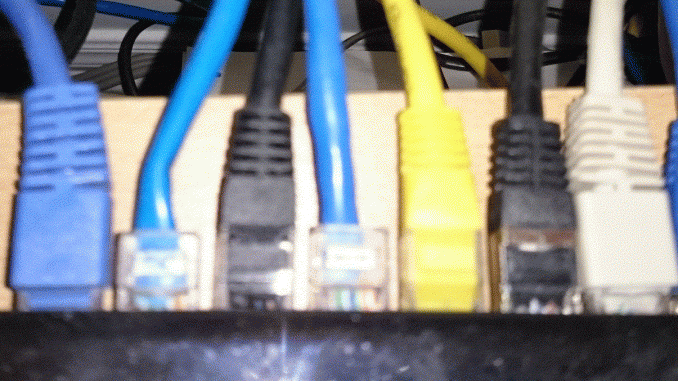
Background
In urban region of Ottawa, Ontario, there are three main last-mile connection technologies for home users to access Internet.
- Cable (as known as DOCSIS)
- Telephone lines (as known as xDSL, including fibre-to-neighborhood node)
- Fibre (as known as fibre-to-home)
Rogers provides last-mile cable connections, and Bell Canada provides last-mile telephone line or fibre connections.
In addition, several ISP’s own last-mile fibre connections for providing Internet service to condominium residents in downtown Ottawa (for the sake of simplicity, we will not discuss these ISP’s service here).
“Shared” Access Networks
Home users Internet traffic of all three last-mile access technologies are carried by backbone fibre networks between homes and termination points at Rogers or Bell Canada networks. From there, the Internet traffic is transmitted to “Internet” via different transit networks.
No matter you are a customer of Bell Internet, Rogers Internet or smaller ISP’s, the Internet traffic between your home and the termination point is carried by either Rogers or Bell Canada’s access networks. Note: smaller ISP’s include Teksavvy, Start Communications, National Capital Freenet, Yak, … etc.
Transit Networks
For Bell Internet or Rogers Internet (incl. Fido Internet) customers, your Internet traffic between the termination points and “Internet” is transmitted by Bell Canada or Rogers own transit networks.
For other ISP’s customers, your Internet traffic between the termination points and “Internet” is transmitted by transit network(s) arranged by your ISP.
Bandwidth and Performance
Based on the Canadian Radio-television and Telecommunications Commission (CRTC) regulations, Bell Canada and Rogers wholesale Internet access service (Access Network) to smaller ISP’s, such that smaller ISP’s can provide Internet service to home users without building their own individual access networks. Also, the CRTC regulates the wholesale cost for different bandwidth and service levels of the access network provided by Bell Canada and Rogers.
For transit network service, each ISP makes its own arrangement with transit network service providers. The amount of transit network bandwidth purchased by an individual ISP affects the performance of its Internet service to home users.
- For example, if the individual ISP does not purchase sufficient transit network bandwidth, its home Internet service customers might encounter “slow speed” or outage due to transit network congestion during peak hours.
Connectivity Issues Resolution
Bell Canada and Rogers are responsible for the maintenance of their access networks. Although CRTC regulates the resolution time of access network connectivity issues reported by smaller ISP’s, the resolution time is usually in terms of days.
- On the other hand, Bell Canada and Rogers usually attempt to resolve their own home Internet customers’ issues in a timely manner, e.g. next day service.
In addition, since smaller ISP’s needs to pay technician visit fee to Bell Canada or Rogers if the issue is not caused by the access network itself.
- For example, if the customer internal home wiring causes the Internet service interruption, smaller ISP’s will pay Bell Canada or Rogers for the technician visit.
- As a result, smaller ISP’s always attempt to resolve the issue with their customers before requesting Bell Canada or Rogers for a technician visit. This would further prolong the resolution time of connectivity issues that are affecting their customers.